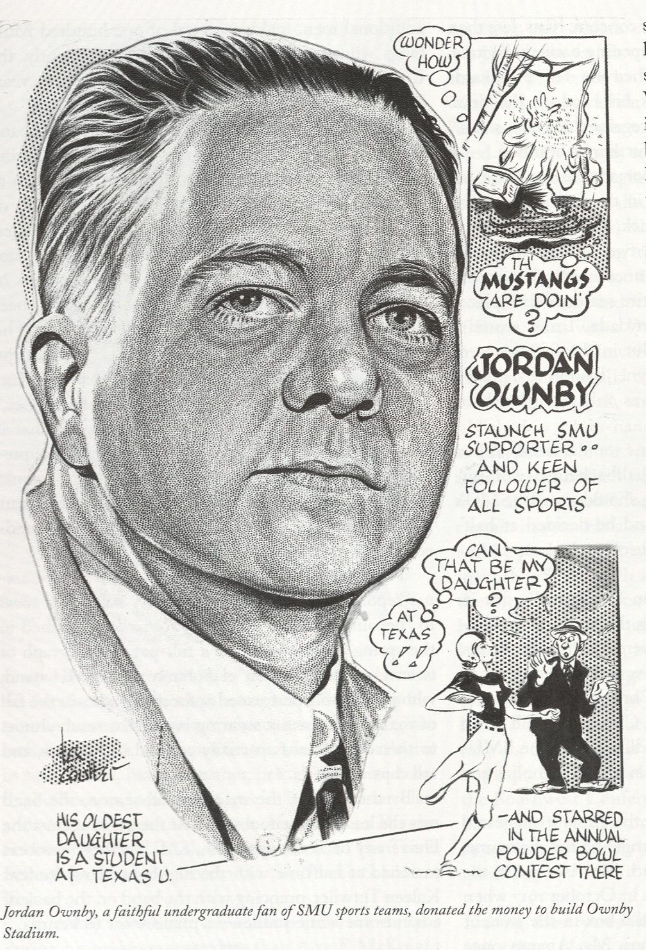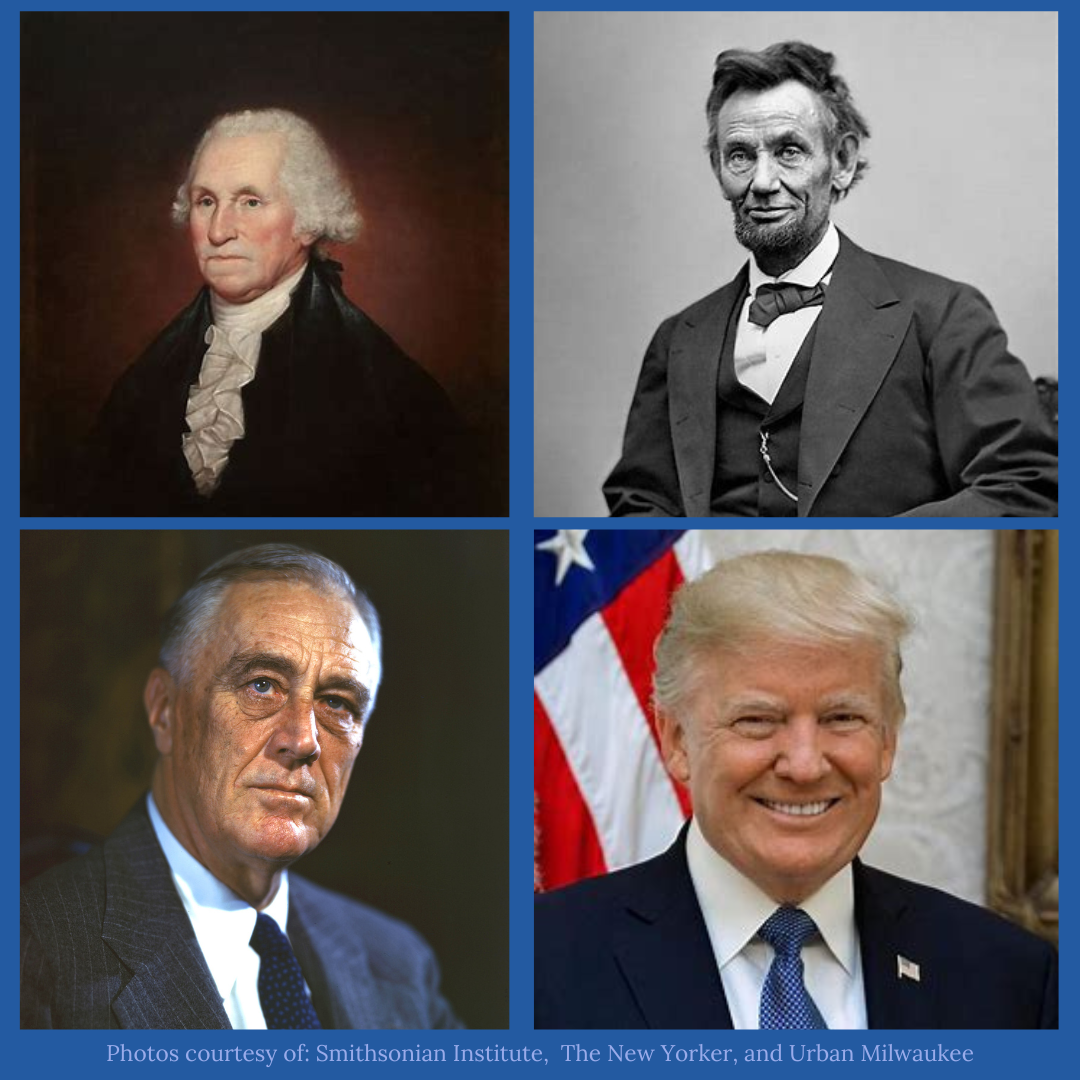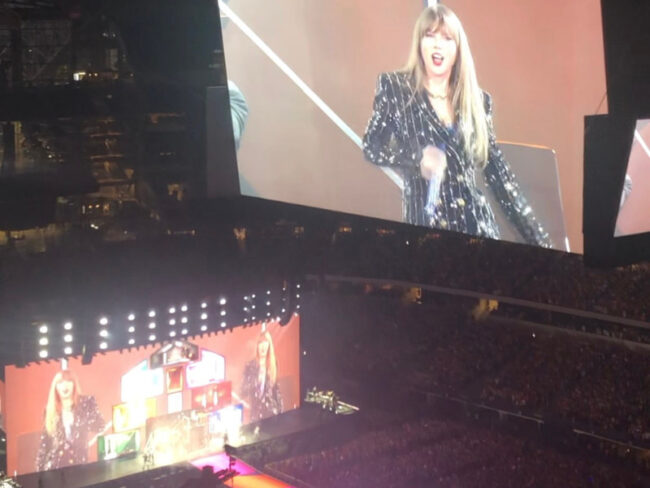By Evelyn Dole
American millennials are nearing the end of this wild ride as they will soon cast their first votes for the next president of the United States. Nov. 8, 2016 is fast-approaching, and voters, those who hold the nation’s future in their hands, need to understand how we arrived at such a historical election.
-RELATED: Tim Brokaw and Doris Kearns Goodwin on the 2016 election
The 2016 race to the White House has already broken barriers and debunked stereotypes on both sides. This unconventional race with unconventional candidates proves there has been a change in the political tide in the U.S. Democratic nominee Hillary Clinton could be the first female president and with political genius and husband, Bill Clinton, by her side, many believe they would be the best dynamic duo the White House has ever seen.
On the other side of the ballot stands the Republican nominee, billionaire businessman Donald Trump. Trump has attacked this race with the swagger of someone who does not bow down to political norms, and many love him for it. He was not raised to be a politician and will not start submitting himself to those limitations now.
How these two American figures snagged their parties’ nomination was where the hard work and creative campaign strategies were put to the test. As Karen Yourish explains in her New York Times article, it’s important to note that such strategies have led to a “phenomenon where people vote against the opposing party rather than for their own candidate.” Taking a deeper look at the 2016 primary season will help explain some of the unique characteristics of this presidential race.
Hillary Clinton’s greatest competition before accepting the Democratic nomination was Sen. Bernie Sanders. According to the Wall Street Journal, Clinton trumped Sanders in the primaries by winning the big states— Texas, Florida, New York and California — and defeated Sanders by 3.7 million votes. Clinton also made sure to win African-American votes by more than 50 percent in the primaries. Although Sanders had a loyal group of followers in the younger generation, comprised of voters under 30 years old, the older generation steadily stood by Clinton.
Trump ascended to the GOP nomination in a more unorthodox manner. Janet Hook and Monica Langely explain in the Wall Street Journal that as a skilled entertainment professional, Trump approached the campaign like one of his business deals— thinking big with a national strategy and aggressively publicizing his case. Trump’s campaign took advantage of the free-media coverage with mass-rallies, TV interviews and broadcasted debates. Twitter has become Trump’s personal campaign message board and has proven effective as it made him a relevant candidate during the primary season.
John Cassidy of The New Yorker says Trump dominated the primary season for two main reasons: “the febrile environment he has been operating in and the potency of his message.” Not to mention, Trump got the most primary votes ever thanks to a divided party stemming from Gov. Mitt Romney’s 2012 defeat. If there was ever a time for a non-politician to run for president, it would be in today’s Republican party. But, it looks like the cunning businessman already knew that.
Fast forward to the parties’ conventions in July where Clinton and Trump accepted their party’s nominations and the American voters understood they were making history.
It started to look as if Clinton was going to win the race when she saw a huge boost in ratings immediately following the Democratic convention, but some of that momentum has dwindled recently as Clinton’s lead on Trump is shrinking in the swing states.
November 8 is coming and it would be smart of the American voting population to keep in mind that it’s not over until it’s over and that this wild ride is going to continue . . . for at least the next four years.














